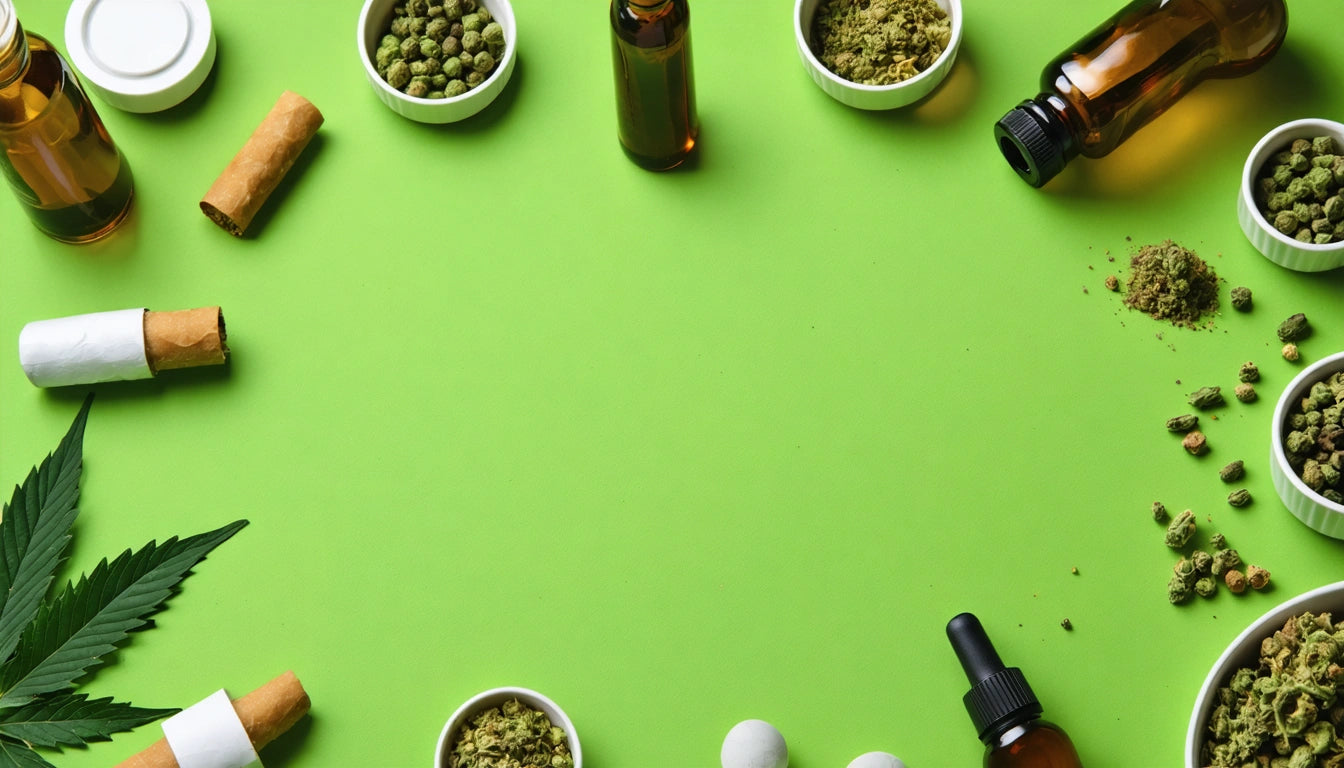Table of Contents
Essential Guide to Flushing Autoflowers: Timing and Techniques
Flushing is a critical yet often overlooked step in the autoflower growing process. Understanding when to flush autoflowers and how to flush autoflowers properly can significantly impact the quality, flavor, and smoothness of your final product. This guide covers everything you need to know about flushing autoflower plants effectively.
What is Flushing and Why It Matters for Autoflowers
Flushing involves stopping all nutrient feeding and using only pH-balanced water to irrigate your plants during their final growth stage. This process forces the plant to use up stored nutrients in its tissues, resulting in cleaner, smoother-burning flower with improved flavor profiles.
For autoflowers specifically, proper flushing is crucial because of their accelerated lifecycle compared to photoperiod plants. According to research on autoflowering cannabis growth cycles, these plants typically complete their entire lifecycle in 8-10 weeks, making timing your flush particularly important.
When to Flush Autoflowers: Timing Your Flush Correctly
Knowing when to flush autoflower plants requires understanding their unique growth patterns:
Soil-Grown Autoflowers
For autoflowers grown in soil, begin flushing approximately 1-2 weeks before your planned harvest date. This timeframe allows sufficient opportunity for the plant to use up stored nutrients without compromising bud development.
Coco or Hydroponic Systems
If growing in coco coir or hydroponic setups, a shorter flush period of 5-7 days is typically sufficient due to the reduced nutrient retention in these mediums.
Trichome Observation Method
The most accurate way to determine when to flush autoflowers is by observing trichome development. When trichomes are mostly cloudy with some beginning to turn amber, it's time to start flushing. This visual indicator is more reliable than strictly following a calendar schedule.
As noted in comprehensive autoflower growing guides, the flushing timeline may need adjustment based on specific strain genetics and growing conditions.
How to Flush Autoflowers: Step-by-Step Guide
Follow these steps to properly flush your autoflower plants:
- Prepare pH-balanced water - Aim for 6.0-6.5 pH for soil and 5.8-6.0 for hydroponic systems.
- Stop all nutrients - Cease feeding any fertilizers or supplements.
- Water thoroughly - Provide enough water to create significant runoff (about 3x the container volume).
- Check runoff TDS/EC - If possible, measure the total dissolved solids or electrical conductivity of your runoff water.
- Repeat watering - Water with pH-balanced water whenever the growing medium begins to dry.
During the flushing period, ensure proper storage for your upcoming harvest. Many growers use specialized storage containers with secure lids to maintain freshness while keeping their products safely stored away from children.
Common Flushing Mistakes to Avoid
When learning how to flush autoflowers, be aware of these potential pitfalls:
- Starting too late - Beginning your flush too close to harvest won't allow sufficient time for nutrient depletion.
- Flushing too early - Premature flushing can starve plants during critical bud development.
- Inconsistent watering - Irregular watering during flush can stress plants and affect final quality.
- Ignoring pH - Using water with improper pH can lock out nutrient absorption and hinder the flushing process.
- Overlooking strain differences - Different autoflower strains may require slightly different flushing periods based on their genetic makeup.
As discussed in maximizing autoflower yields, strain-specific adjustments to growing protocols, including flushing, can significantly impact final results.
Post-Flush Care and Harvest Preparation
After completing your flush, proper care continues to be important:
Monitoring Plant Response
Watch for natural leaf yellowing, which indicates successful nutrient depletion. However, extreme yellowing or leaf drop may signal excessive flushing.
Final Trichome Check
Continue monitoring trichome development daily. Harvest when trichomes reach your desired ratio of cloudy to amber, depending on your preference for effects.
Environmental Adjustments
Some growers reduce temperatures slightly during the final days of flushing to enhance terpene preservation and encourage anthocyanin production in purple-expressing strains.
According to expert growing techniques, maintaining optimal environmental conditions during the flush period is just as important as during active growth phases.
Key Benefits of Proper Autoflower Flushing
Understanding when to flush autoflowers and executing the process correctly provides several advantages:
- Enhanced flavor profile - Properly flushed cannabis typically offers cleaner, more distinct terpene expressions.
- Smoother consumption experience - Reduced chemical residues mean less harshness when consumed.
- Improved ash quality - Well-flushed flower burns to a clean, white ash rather than dark, difficult-to-burn material.
- Better preservation potential - Properly flushed cannabis often cures better and maintains quality longer during storage.
Research from cannabis cultivation studies indicates that thorough flushing not only improves consumer experience but can also enhance the expression of the plant's natural terpene and cannabinoid profiles.
Mastering when to flush autoflower plants and how to execute this process effectively represents a significant step toward becoming an advanced cultivator. By understanding the timing signals, implementing proper techniques, and avoiding common mistakes, you'll consistently produce higher-quality harvests that fully express the genetic potential of your autoflowering varieties.











Leave a comment
All comments are moderated before being published.
This site is protected by hCaptcha and the hCaptcha Privacy Policy and Terms of Service apply.